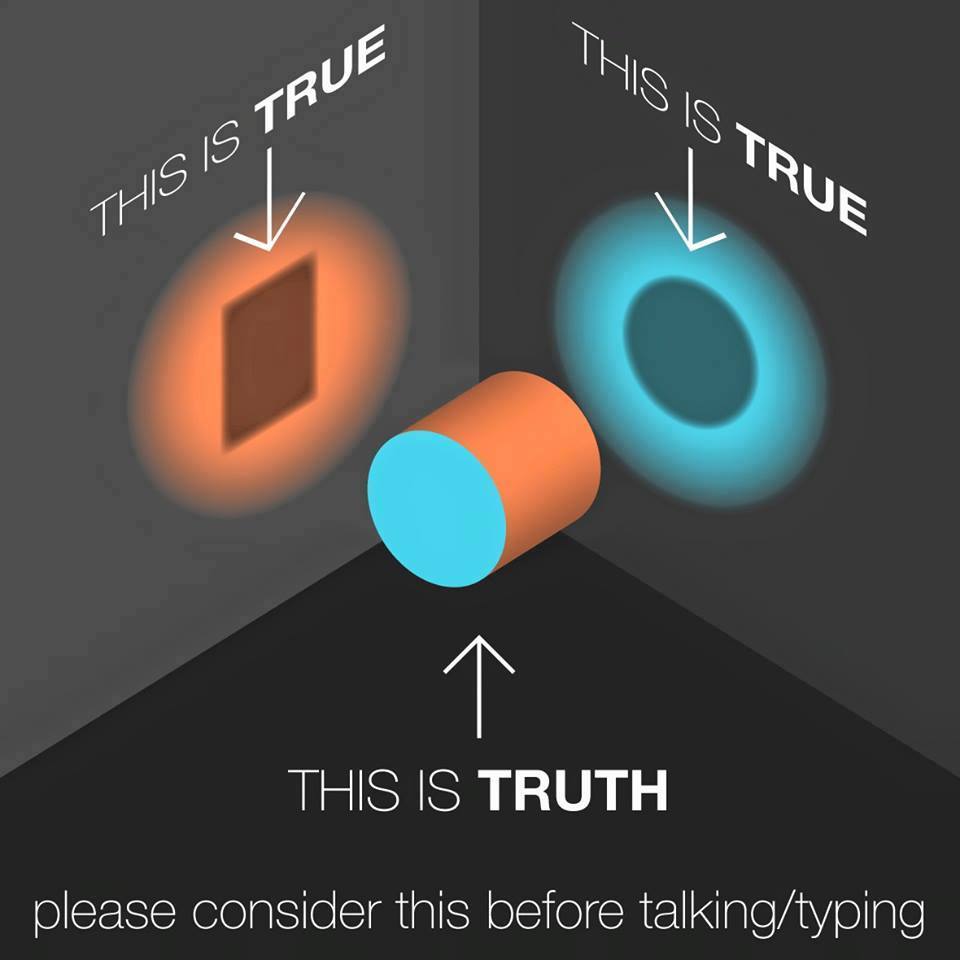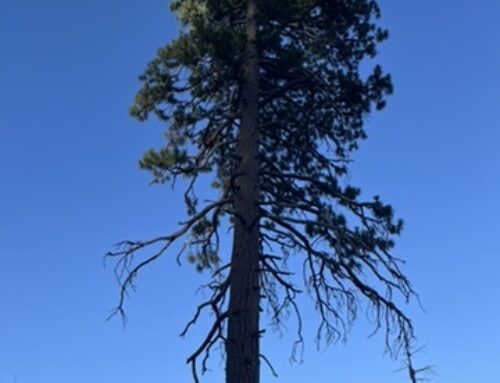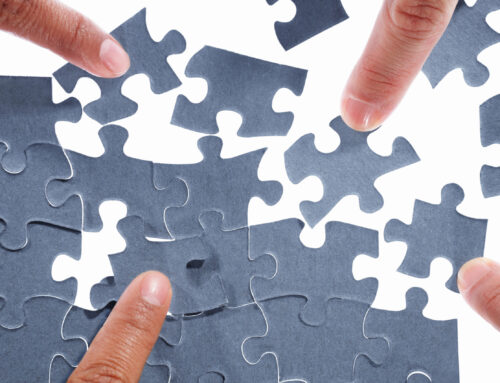
What If Your Map Is Wrong?
There’s a popular meme that you may have seen before. It shows a three-dimensional cylinder placed between two colored light sources. From the left, a blue light casts a shadow on the wall that looks like a circle. From the right, an orange light casts a shadow that looks like a square.
The cylinder hasn’t changed—but depending on your angle, you’ll see something entirely different.
If you only ever see the circle, it’s natural to believe the shape is round. If you only ever see the square, you’ll swear it’s got edges. Both are technically correct… and yet, neither one is the whole truth.
It’s a deceptively simple image, but the insight it offers is profound. And deeply relevant to how we live, love, and suffer.
This isn’t just about memes or metaphors. It’s about how human beings—every one of us—experience reality.
Your Nervous System Likes Predictability
As humans, we all carry an internal “map” of how the world works. This map began forming when we were very young—long before we had language or conscious memory. It helped us make sense of our environment and kept us safe. Over time, this map becomes the lens through which we interpret everything.
The catch? The map isn’t the territory. Reality is far more complex, nuanced, and interconnected than our nervous system likes to admit.
Because change is stressful, our brains prefer to keep the old map—even if it’s outdated. Even if it’s making us miserable.
A Real-Life Example
A client of mine was in a painful argument with her partner. Everything he did seemed to confirm a deep belief she carried: “I’m not important.”
No matter what he said, she could find “evidence” that proved her story. She wasn’t making it up—there were things he did that hurt her. But the deeper question wasn’t about his actions. It was about the lens through which she interpreted them.
Her nervous system had built a map where she was always second best. It felt safer to stick with the familiar pain than to risk rewriting the map altogether.
And yet… that map wasn’t serving her.
The Map Can Change
What would be a more helpful map for her to navigate life and relationships? Perhaps one that included a core belief like: I am worthy. I am lovable. I matter—even when I feel uncertain.
Who’s to say that isn’t true?
Rumi’s Field
The 13th-century mystic poet Rumi offered a beautiful vision of what lies beyond our inner conflict:
Out beyond ideas of wrongdoing and rightdoing,
there is a field. I’ll meet you there.
When the soul lies down in that grass,
the world is too full to talk about.
When we get stuck in who’s “right” and who’s “wrong,” we lose our connection—not just to each other, but to ourselves. The soul can’t thrive in a courtroom. It needs a field.
That field is always available to us. But to find it, we must be willing to lay down our maps, our certainty, and our need to be “right.”
A Map That Serves Your Soul
I choose to live by a map that reminds me:
I am a spiritual being having a human experience.
I am loved, supported, and guided by a force greater than my mind can grasp.
When I operate from that soul-map, I find more ease. I can show up in my relationships with less defensiveness and more compassion. I can hold the paradox that two things can be true at once. I don’t need to win a debate to stay connected.
Of course, I still get pulled into the drama—righteousness is seductive! But I keep coming back to my new map. The one that honors love, growth, beauty, and the sacredness of being alive.
What About You?
Is your current map helping you create the life and relationships you want?
If not, what would your soul’s map say?
What beliefs could you plant today that would serve not just survival, but joy?
I invite you to meet me in that field beyond right and wrong.
Let’s lie down in the grass together—
where our souls can rest, and just be.






